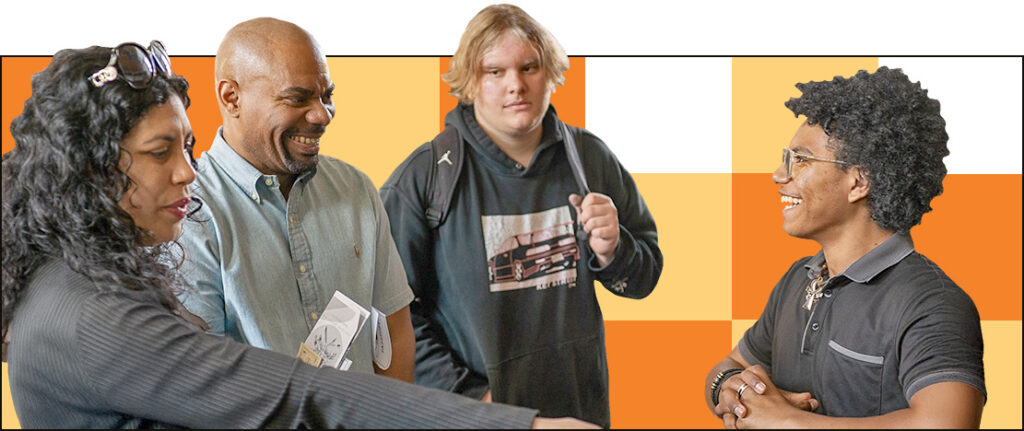


learn more about

learn more about

overview
partner with us
partner with us
events

events



learn more about

learn more about











Teacher: Mele Sato
Grade & Subject: 12th Grade Math
School: High Tech High Media Arts
In many ways, the neighborhoods we grow up in form us and become an important part of our identity. This project was designed to help students take a deeper look at the neighborhoods that are building them, and how they can, in turn, build something new themselves. They looked at their neighborhood through three lenses:
The project fostered mathematical understanding, focusing on area composition and functions as isomorphisms of neighborhoods. Students applied these concepts to illustrate aspects like identity, functionality, resources, rules, history, and evidence in their neighborhoods.
Teacher Reflection
I learned so much about my students through their exploration, analysis, and storytelling of their neighborhoods. Some of the most impactful moments were when students were using mathematical language to talk about resources and issues within their individual communities. We had rich discussions about implicit bias and governmental influence on construction projects that break up existing communities. If I were to do this again I would change how students share the final product and their analysis with community members.
—Mele Sato
Student Reflection
Initially, I appreciated how we started off the project by researching the resources of our community. This provided me to consider taking a deeper dive into what my community has and maybe even lacks, furthermore, the articles we read about bias building into residential areas systemically. I found it interesting how that connects to the history of the United States along with mathematical calculations. One thing I found challenging was, how do I create a function using the mathematical functions we learned in class that also is as representative of my community as it can be? At first I was struggling, asking myself if I should use a 4th degree polynomial, in the process of guess and check, I decided I couldn’t figure out how to manipulate the functions to fit the vision that I felt better showcased my storytelling elements.
—Natalisa A.